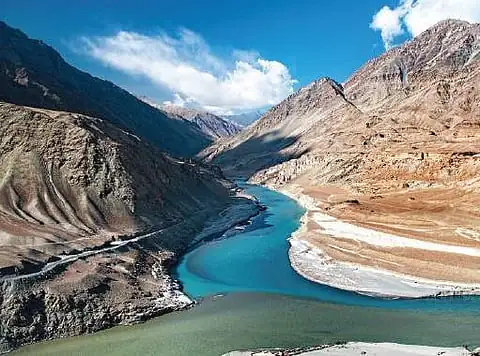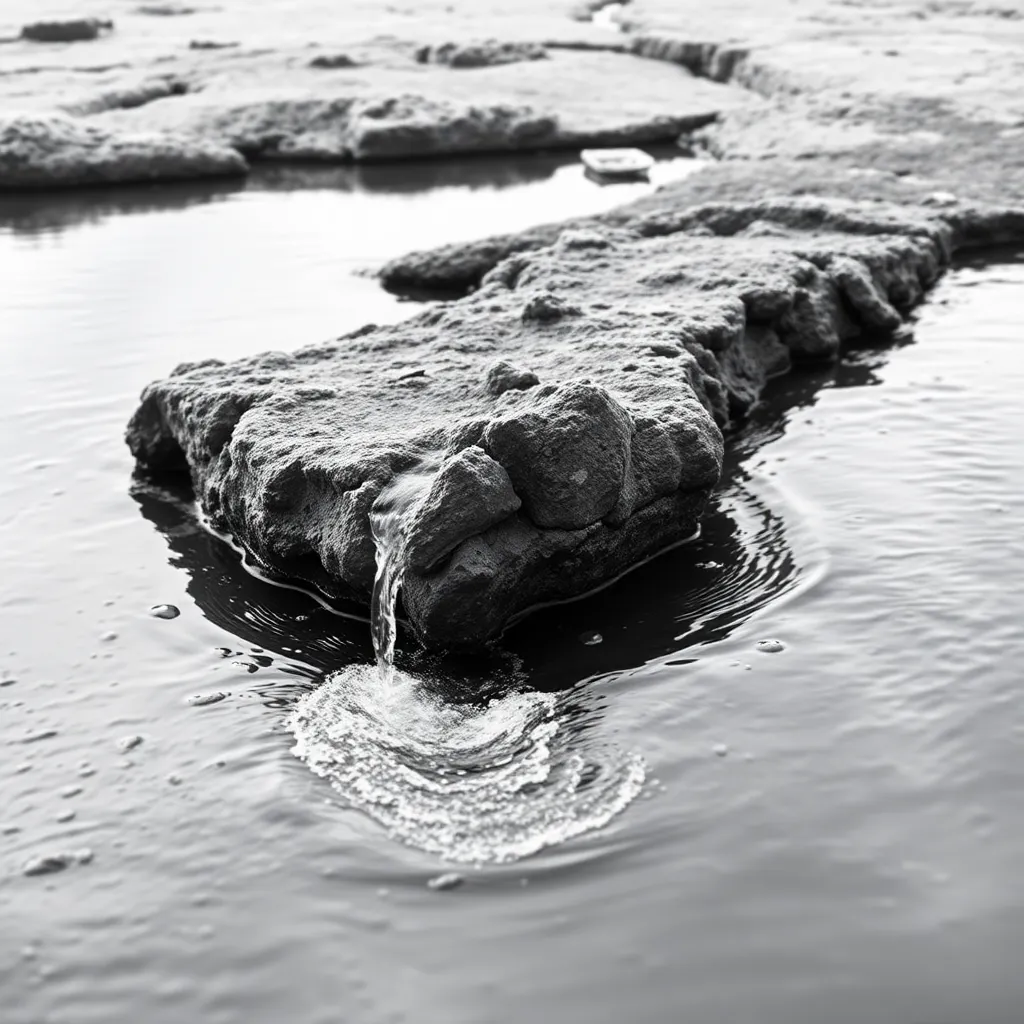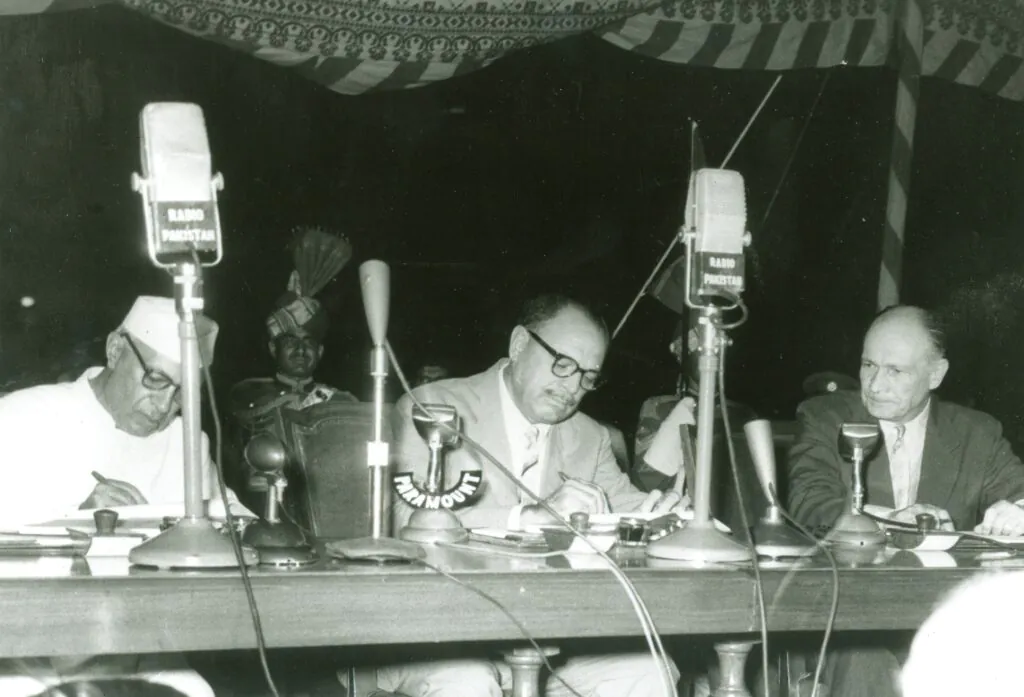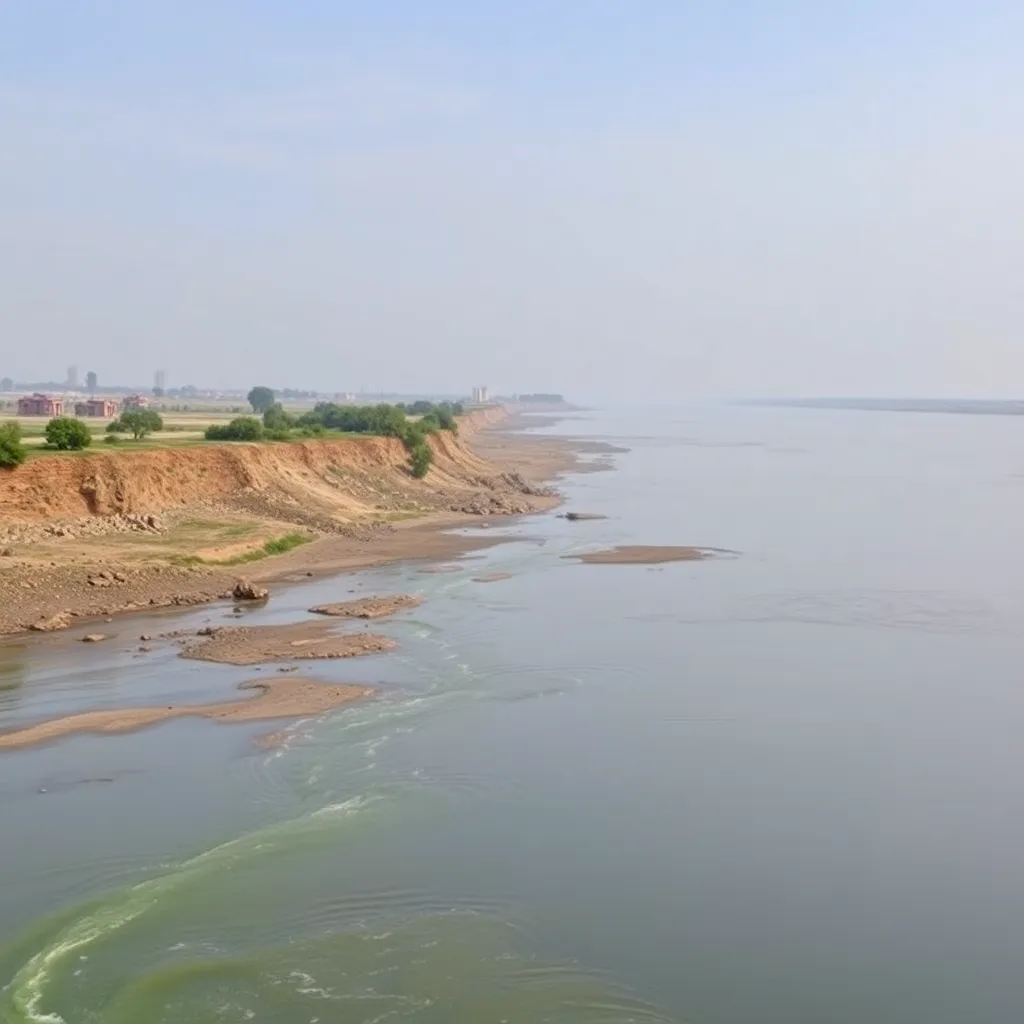Indus River : On 22 April 2025, following the terror attack in Pahalgam, Jammu and Kashmir, India took a historic step against Pakistan by suspending the Indus Water Treaty (IWT) of 1960 57. Simultaneously, India suddenly released water from the Jhelum river, creating a flood-like situation in Pakistan Occupied Kashmir (POK), imposing a water emergency there 1911. This move is seen as the beginning of a “water war” on Pakistan.

Historical Background: Indus River
What is the Indus Water Treaty?
Post-Partition Situation: At the time of the partition of India in 1947, the water resources of Punjab could not be divided, which put the immediate water system in crisis. A temporary agreement was reached in December 1947 in which India agreed to supply water to Pakistan on the condition of continuous supply until March 1948. After this temporary period, India stopped the supply in April 1948, which deepened the political confrontation and created the need for a long-term solution.

Also Read:
Earthquake threat in the Himalayas: Possible impact on Delhi
World Bank Mediation and Treaty Creation:
After nine years of hard negotiations, on 19 September 1960, Prime Minister of India Jawaharlal Nehru and President of Pakistan Ayub Khan signed the Indus Water Treaty in Karachi. The World Bank was a co-signatory to the treaty and provided financial and technical assistance.

” To implement the agreement, the World Bank provided financial assistance to Pakistan so that it could build dams and canals on the western rivers (Indus, Jhelum, Chenab). India also paid compensation of 87.4 million pounds to Pakistan. “
What were the main provisions of the treaty?
The treaty divided six rivers into two groups:
- Eastern rivers: Sutlej, Beas, Ravi (fully under Indian control).
- Western rivers: Indus, Jhelum, Chenab (fully under Pakistani control).
India is allowed limited irrigation and non-consumptive uses such as power generation, navigation, fisheries etc. on the western rivers, provided water flow efficiency and quality are maintained.
What are the Terms of Use?
India can use the water of the eastern rivers without any restriction, while it is mandatory to follow technical parameters while building projects on the western rivers. The treaty has a provision to send detailed information about the height of the dams, water storage capacity and proposed projects to each other.
In view of Pakistan’s terrorist activity, India has now broken this treaty. After breaking the Indus Treaty, India will no longer share water storage data with Pakistan.

What are the major steps taken by India?
- Full utilisation of waters of eastern rivers: India has decided to fully utilise the waters of the eastern rivers—Ravi, Beas and Sutlej—in its territory. The waters of these rivers earlier flowed into Pakistan as well, but will now be diverted to Jammu and Kashmir and Punjab.
- Shahpurkandi Dam Project: This project on the Ravi river is scheduled to be completed in 2024.
- Ujh Dam Project: This project is under construction on the Ujh river in Jammu and Kashmir, aimed at water storage and utilisation.
- Second Ravi-Beas Link: This project is to regulate water flow through the Makoura Pattan Barrage on the Ravi river in Punjab.
Effects on Pakistan:
According to the agreement, Pakistan has rights to 80% of the water of the Indus, Jhelum, and Chenab rivers. India has tried to block this to affect Pakistan’s agriculture, drinking water, and power generation 57.
80% of Pakistan’s agriculture and water supply for 210 million people depend on this system
On April 26, India suddenly released water from the Uri dam, causing flooding in Muzaffarabad and Chakothi in PoK. The local administration instructed people to move to safer places
India made it clear that the agreement would remain suspended until Pakistan stops supporting terrorism in a “credible and irreversible” manner.

Economic and social crisis:
- Agriculture and energy hit: Crops in Pakistan’s Punjab and Sindh provinces are at risk of drying up and hydropower projects being shut down 511.
- Public discontent: Pakistanis on social media have created memes criticizing the government, such as: “Pani Rok Loge, Waise Bhi Nahi Aata…” 2.
- Political pressure: Prime Minister Shahbaz Sharif offered an “impartial investigation” into the attack, but India called it a sham




